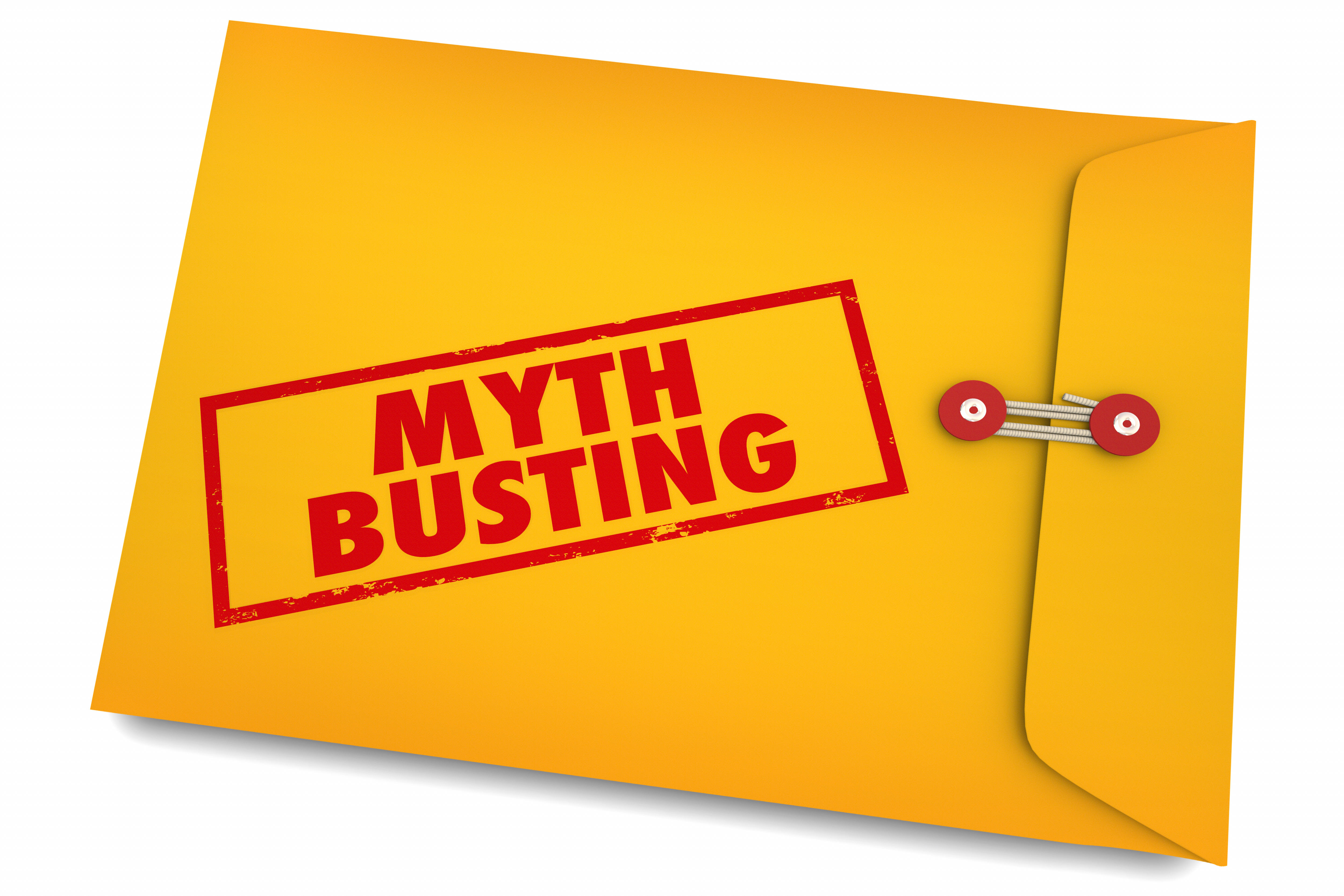Content Marketing Using How-Tos and How-To-Avoids
How do people avoid killing themselves when swallowing swords? According to The Big Book of Big Secrets, one of the secrets is not swallowing. When you stand and face upward, the upper gastrointestinal tract is straight and flexible enough for a sword to pass through it – if you can resist the urge to swallow, keeping the two sphincters (one between your pharynx and esophagus, the second between the esophagus and stomach) from closing. In other words, sword “swallowers’ have to suppress their gag reflex. (“Practice” includes cramming progressively larger objects into the back of the throat while trying not to gag.) in addition to avoiding damage through mind control, some swallowers, the authors reveal, coat their swords with a lubricant such as olive oil.
“Content marketing works by capturing the attention of your desired audience members and helping them address their informational and task-oriented needs,” Jodi Harris of the Content Marketing Institute explains. The aim is for the audience to rely on your guidance, so providing advice about a tool or technique that can make their lives easier is key. “Tips and tricks” – meaning information on how to do things – add value.
Using your content to teach readers how to avoid negative outcomes is another way to provide value. To the extent in which you provide research, data, and logic to back up your advice, it will be perceived as even more valuable, Dana Herra explains.
Some business and practice owners new to the concept of content marketing worry about providing how-to or even how-to-avoid tips, fearful that they will be “giving away” their expertise. But there’s every reason to do just that, and to do it without fear, we explain to new Say It For You clients.
- Caterers can showcase their skills by “giving away” how-tos in the form of recipes and table decorating tips.
- A hospital operating room supply company might “gives away” how-to-avoid tips on pressure ulcer prevention.
- An insurance professional might “give away” how-to-avoid household accidents tips.
- Jewelers might “give away” tips on safety cleaning and storing necklaces.
- A search firm might “give away” valuable how-to-prepare-for-an-interview advice.
Think of those “how-tos” and “how-to-avoids” as the “olive oil” helping the online visitor reading your content “swallow” your advice and ask you for more!




Follow us online!